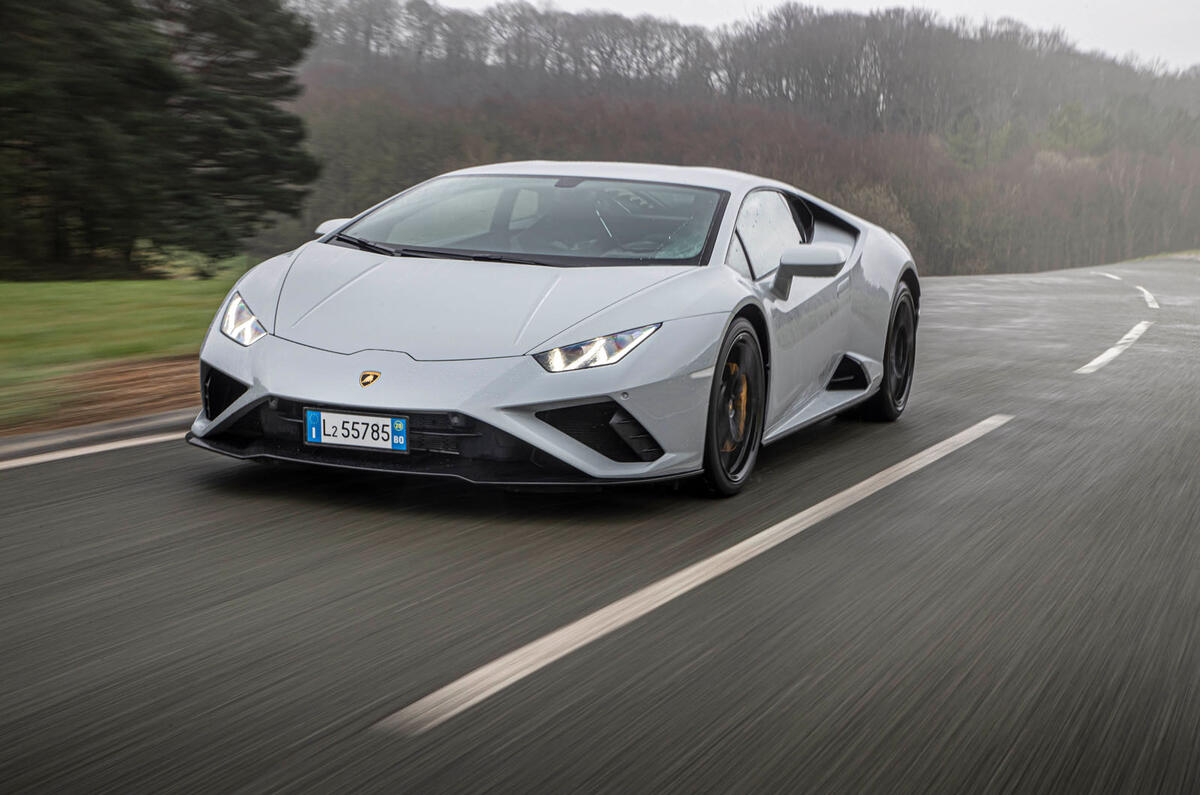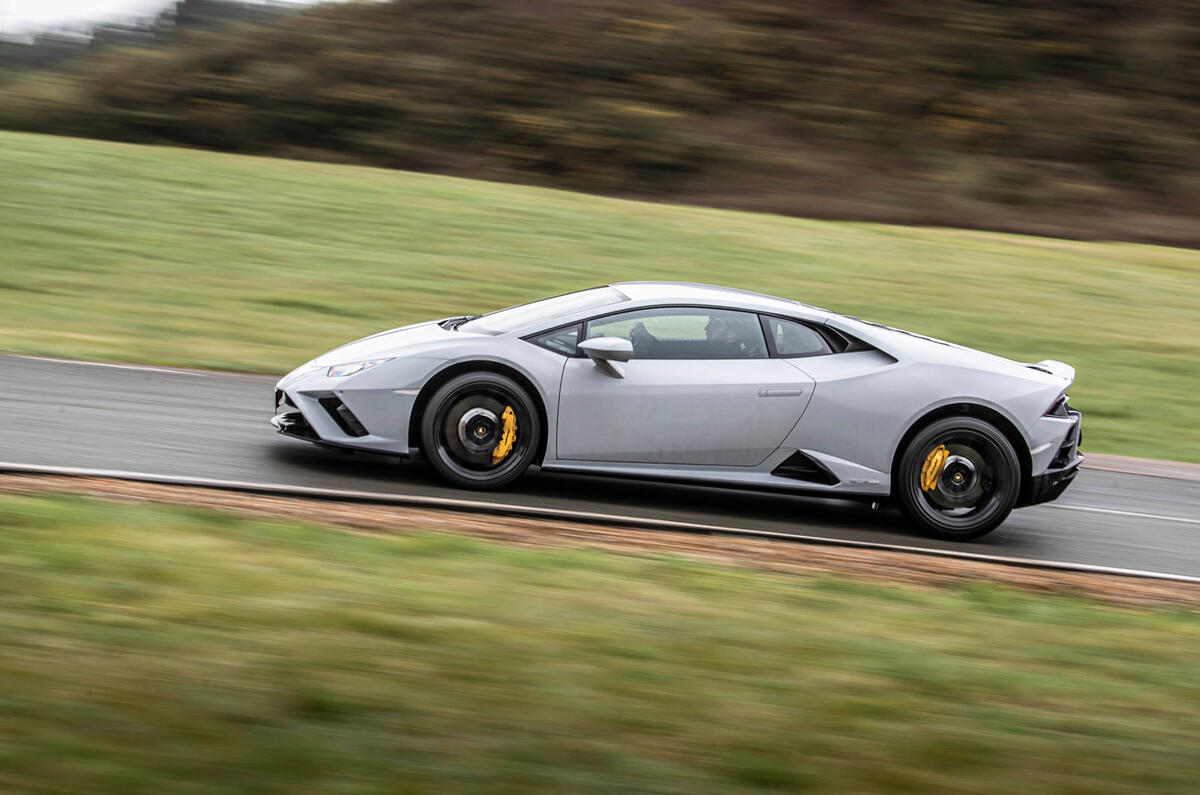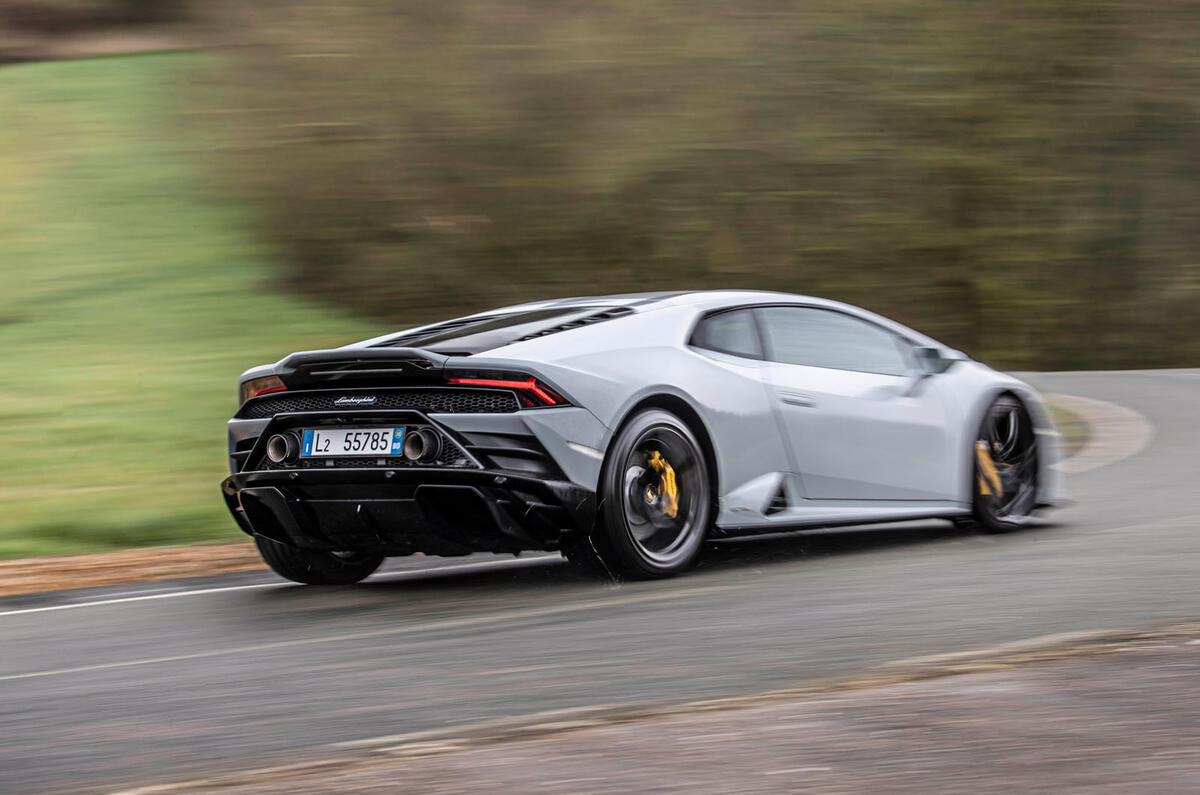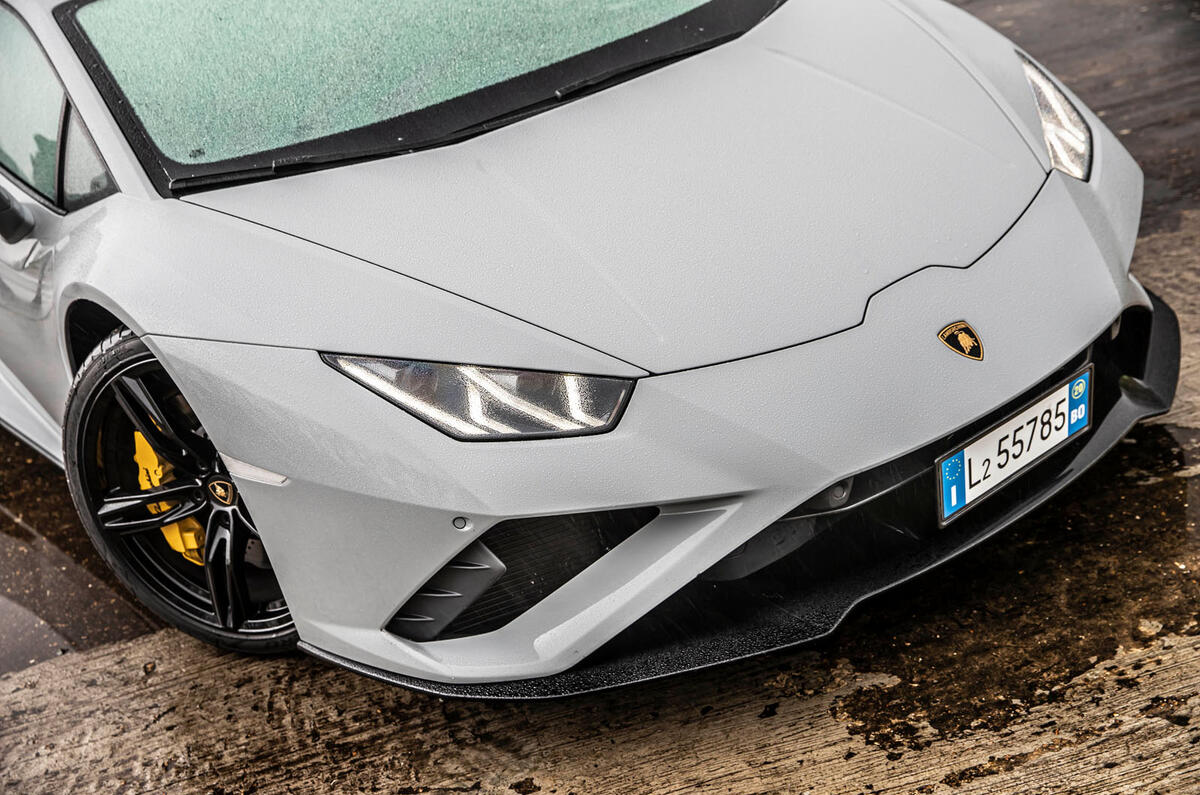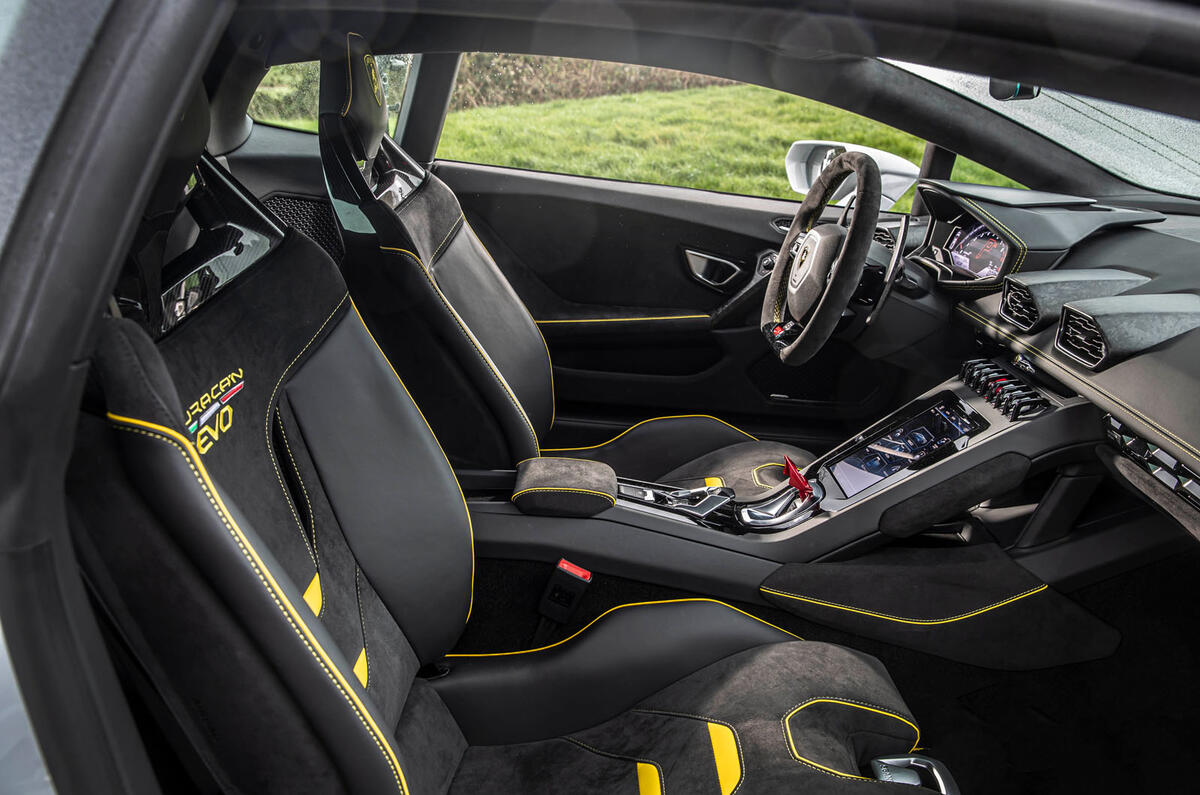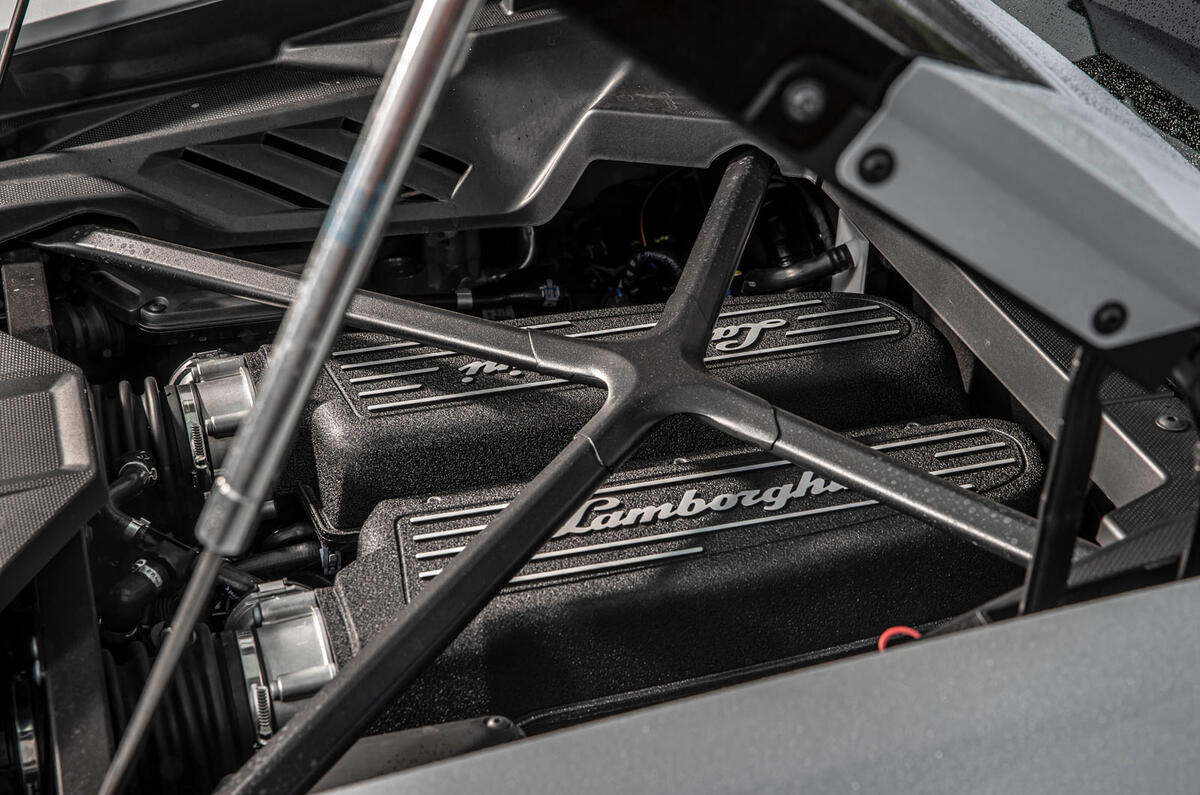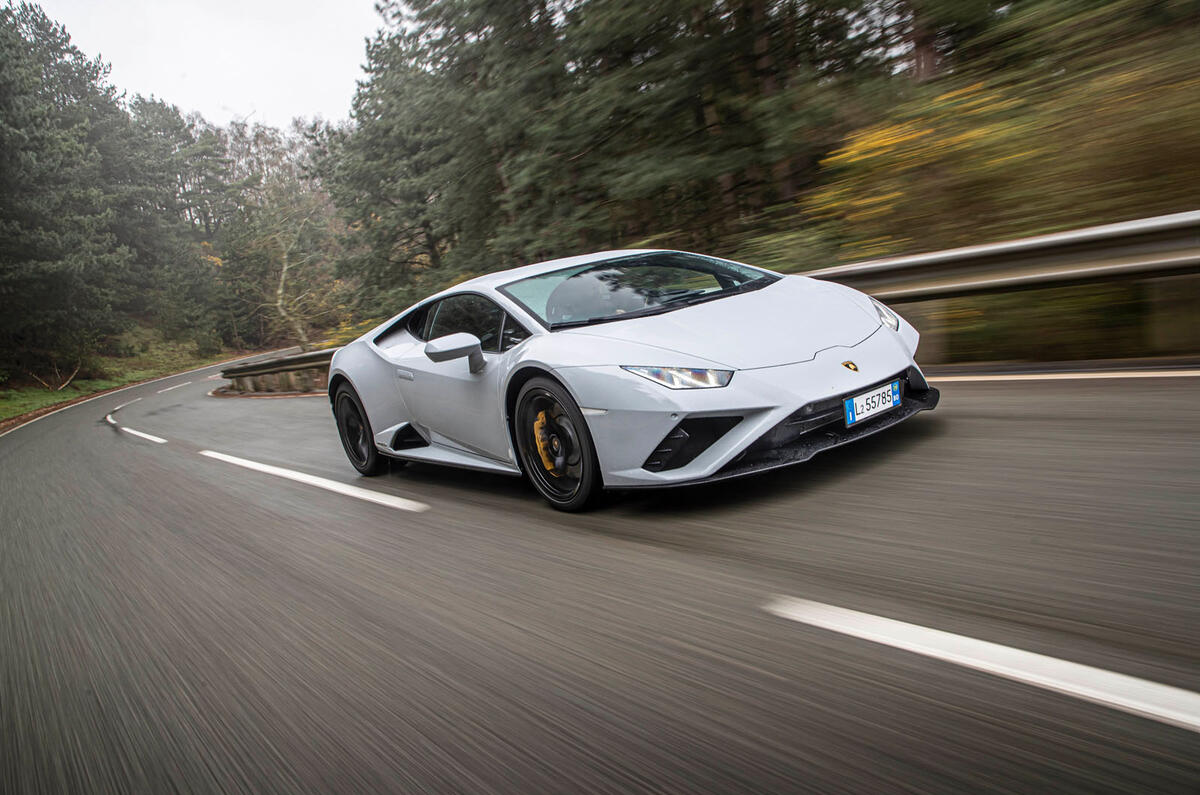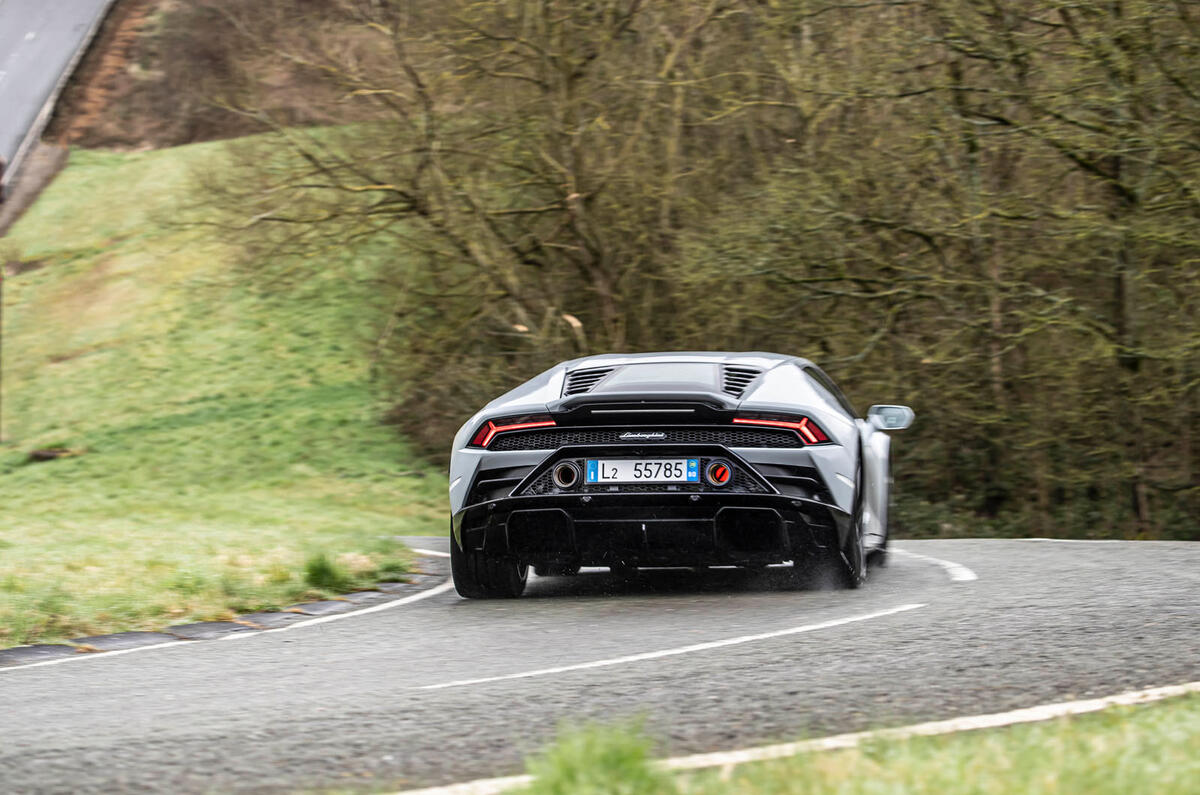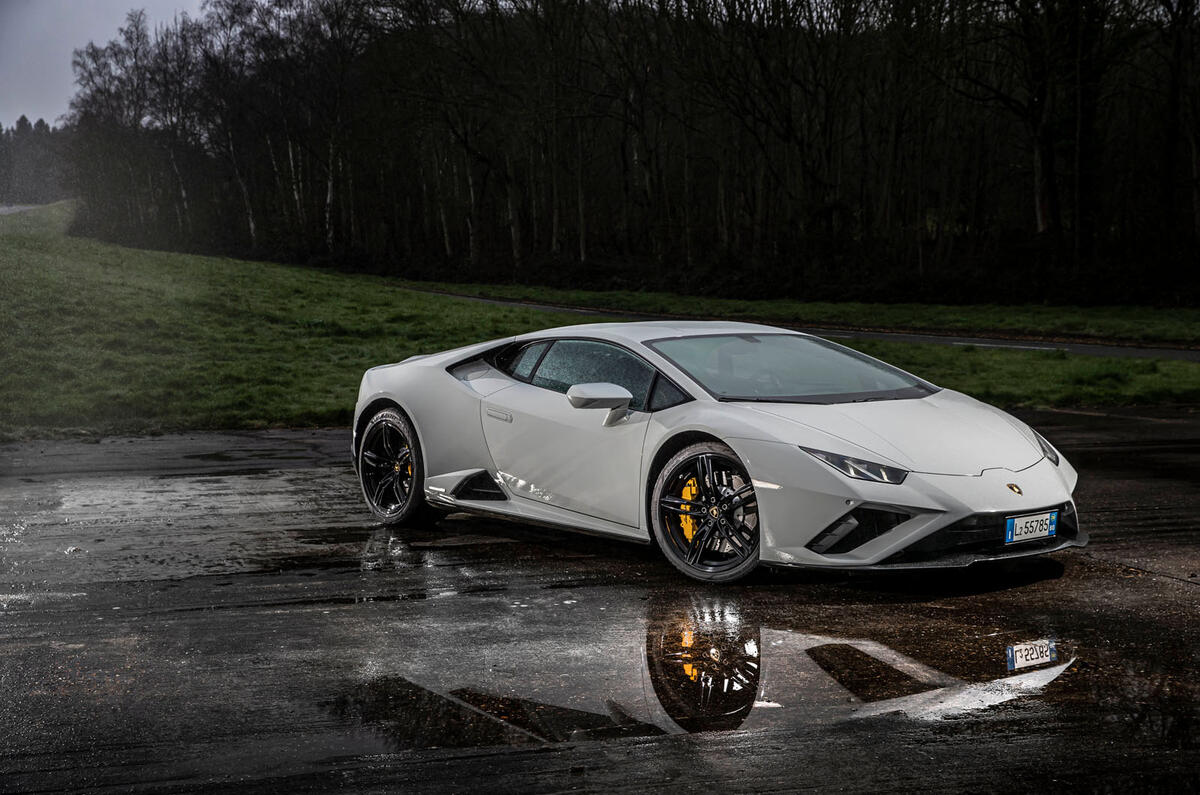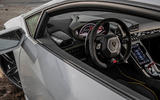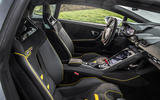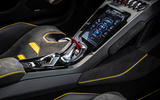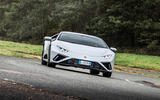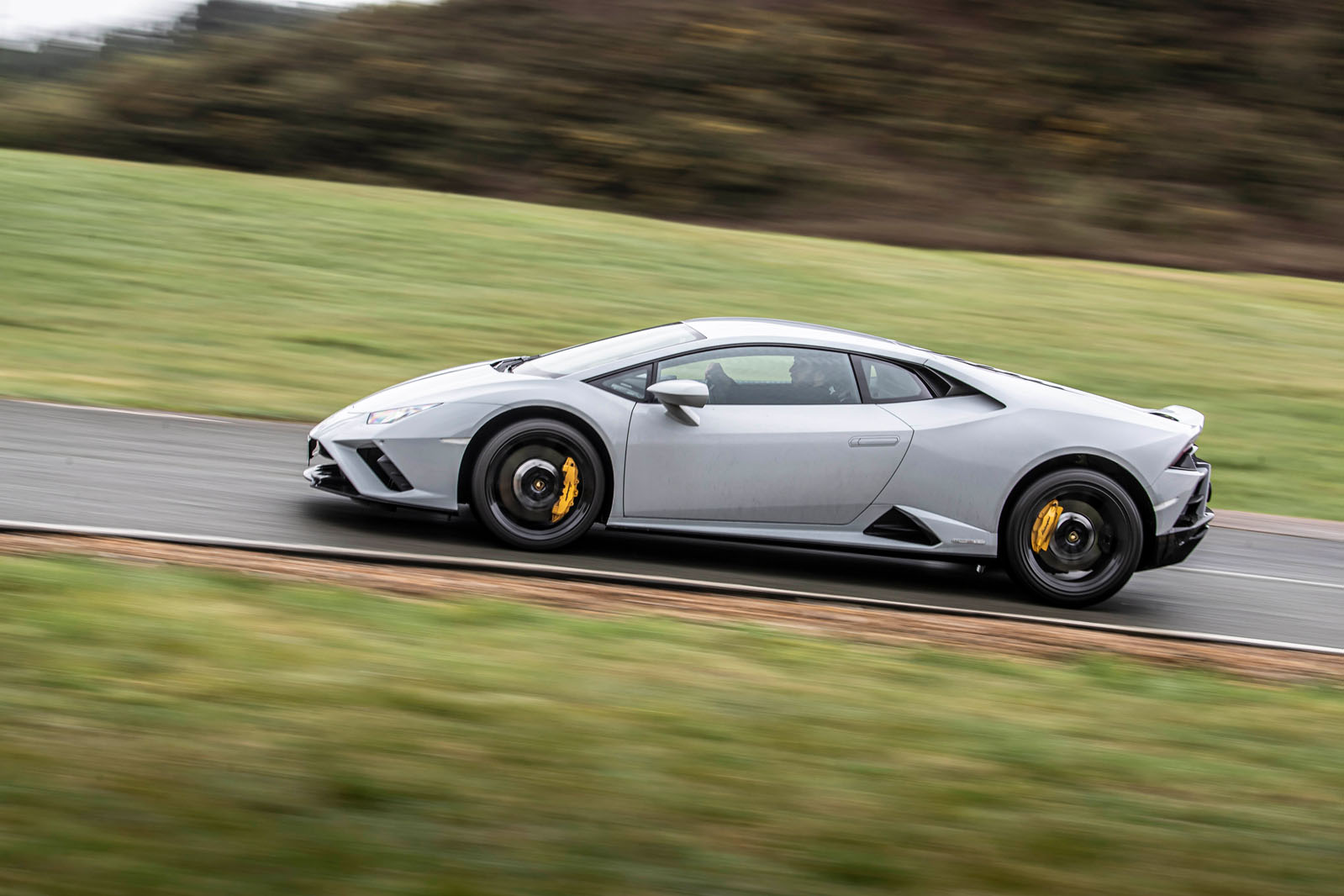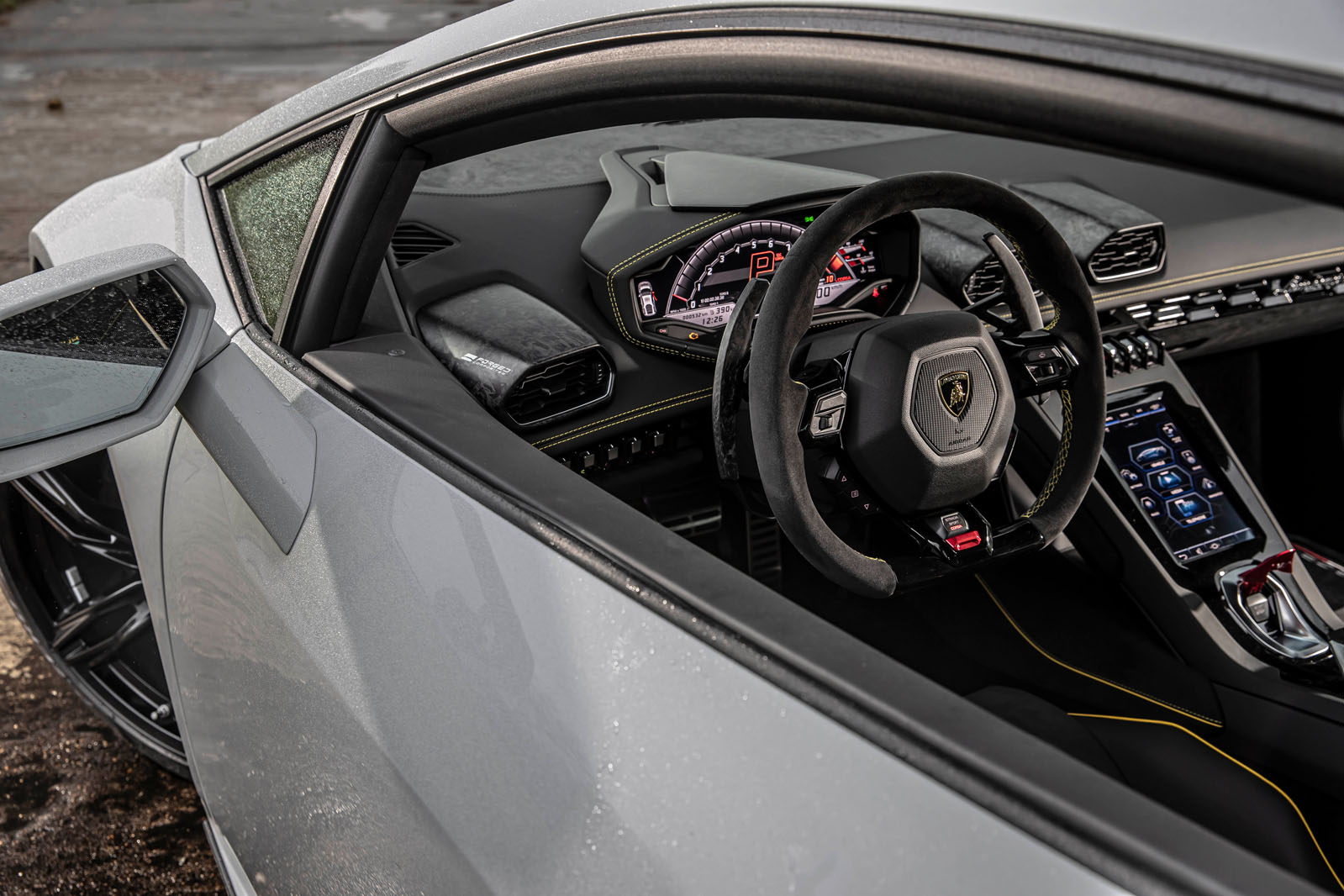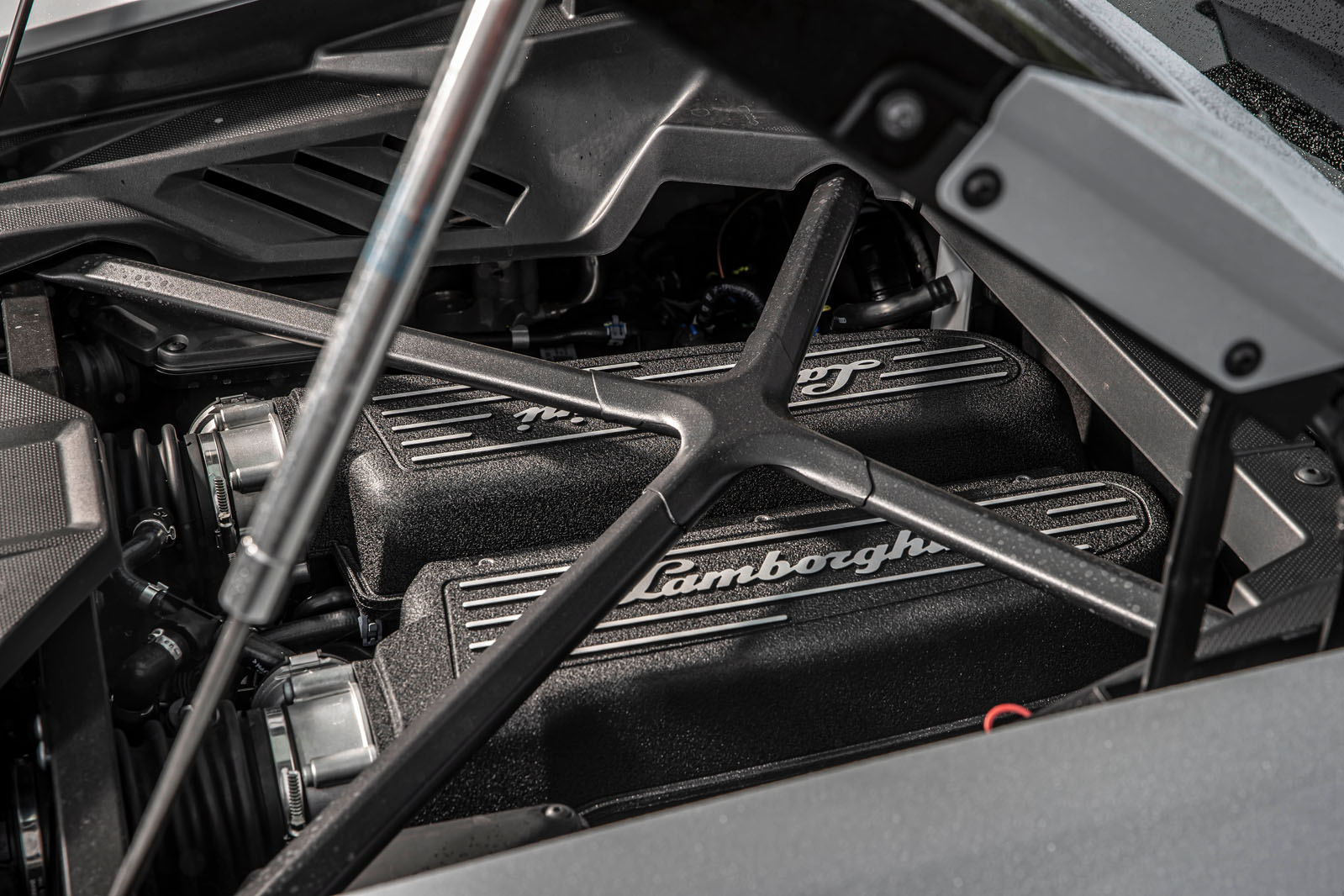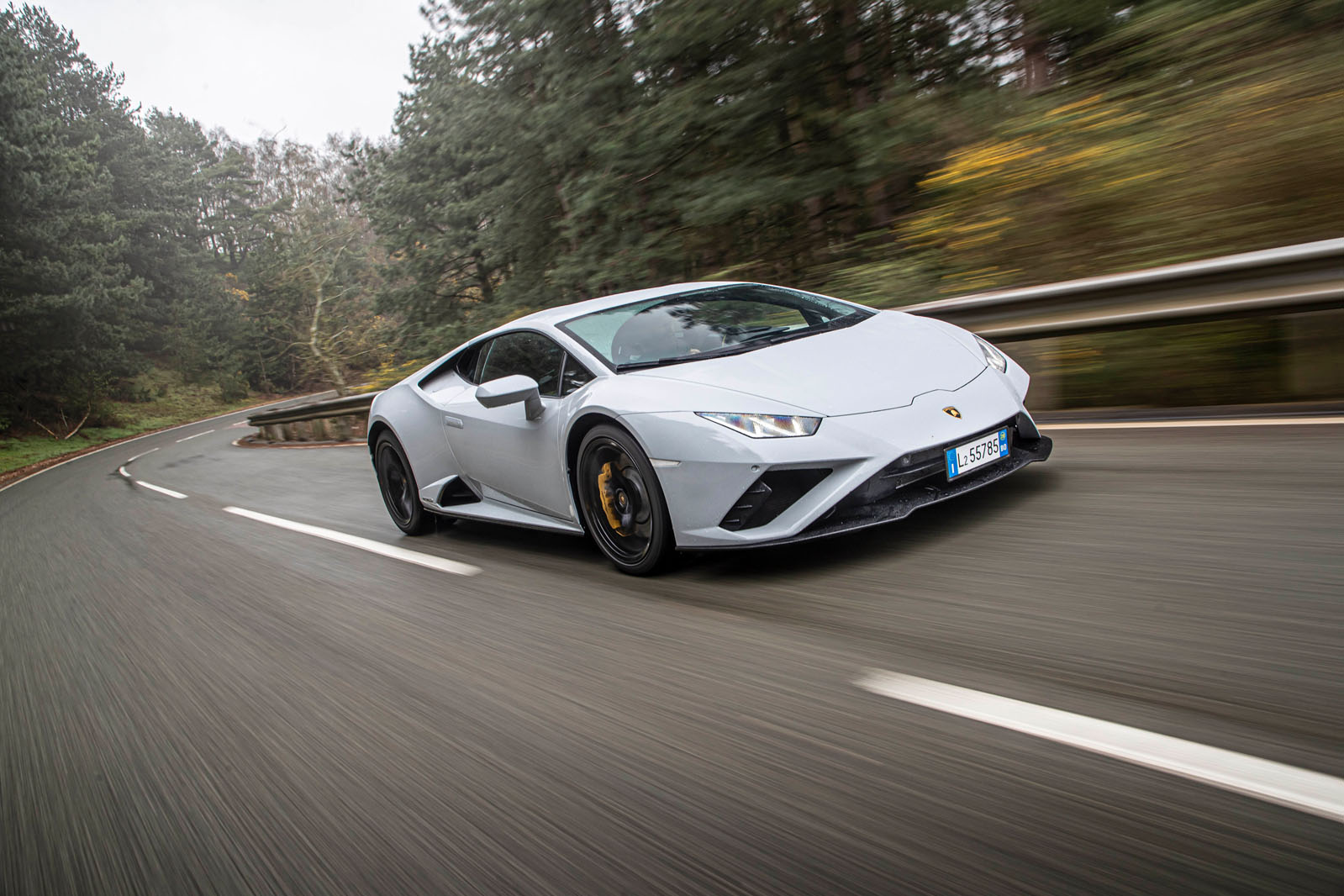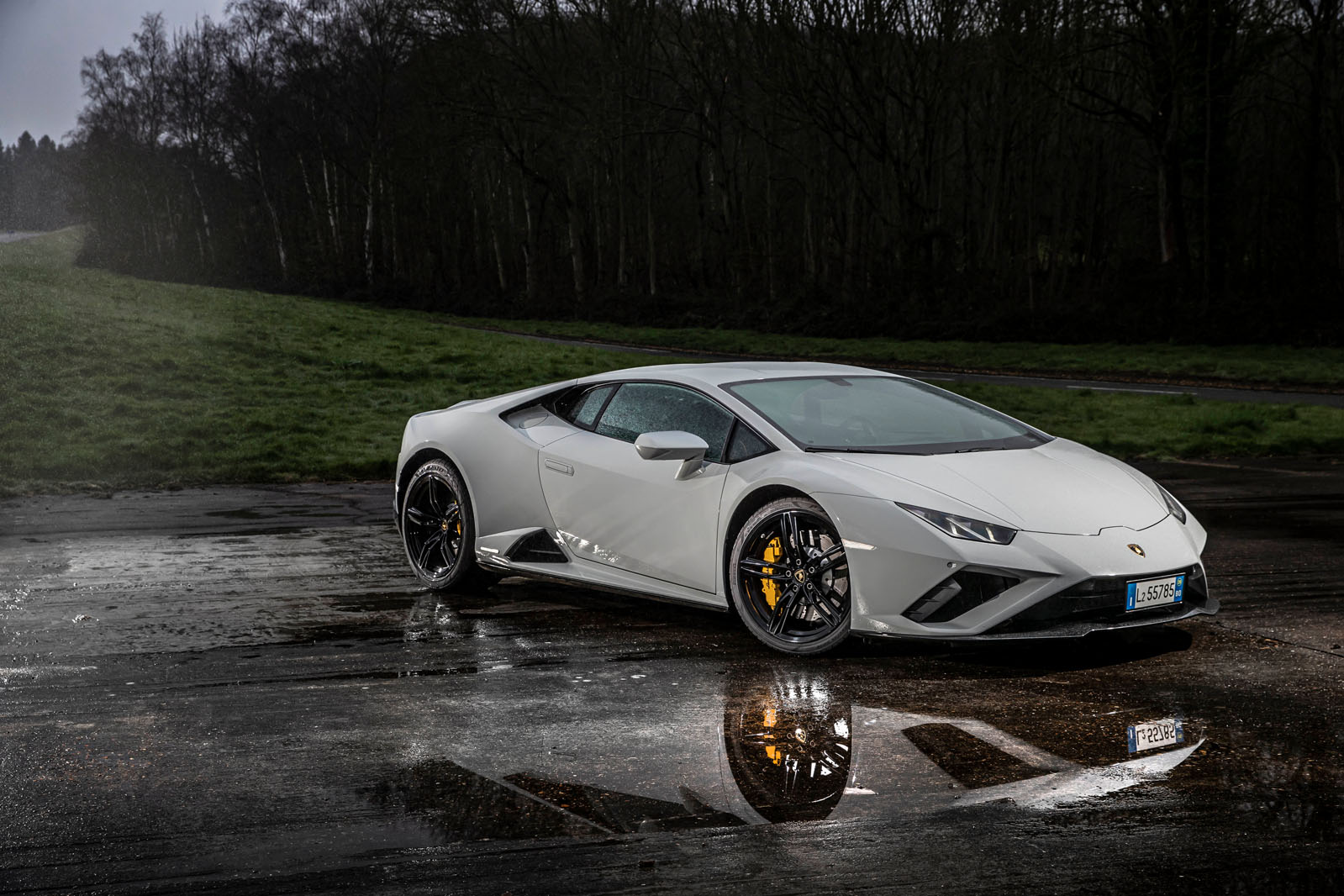There aren’t many ways, at least plausible ones, in which Lamborghini’s modern supercars could be made even more exciting, but removing the front driveshafts is one of them. And that’s exactly what has happened here.
This is the Huracán Evo RWD, with the initials standing for ‘Rear-Wheel Drive’, Lamborghini having opted to anglicise the derivative’s name rather than following Italian supercar protocol and simply using the mother tongue for added exoticism. That would have resulted in the more romantic-sounding, if lengthy, Huracán Evo Trazione Posteriore.
Of course, neither rolls off the tongue quite so sweetly as the name Balboni, which is where this new car’s lineage begins. Named in honour of the then chief test driver Valentino Balboni, the excellent Gallardo LP550-2 Balboni of 2009 was the first Lamborghini since the Diablo – and Audi ownership – to be offered with rear-wheel drive alone.
Lighter than the regular Gallardo and less powerful but also less expensive, it laid down a template Lamborghini follows to this day. The Huracán Evo RWD is therefore not only the least powerful mid-engined machine built in Sant’Agata today but also the most affordable, if you can call £164,400 affordable. What we’ll now discover is whether, in true Porsche 911 fashion, the simplest Huracán is also the one to have.


